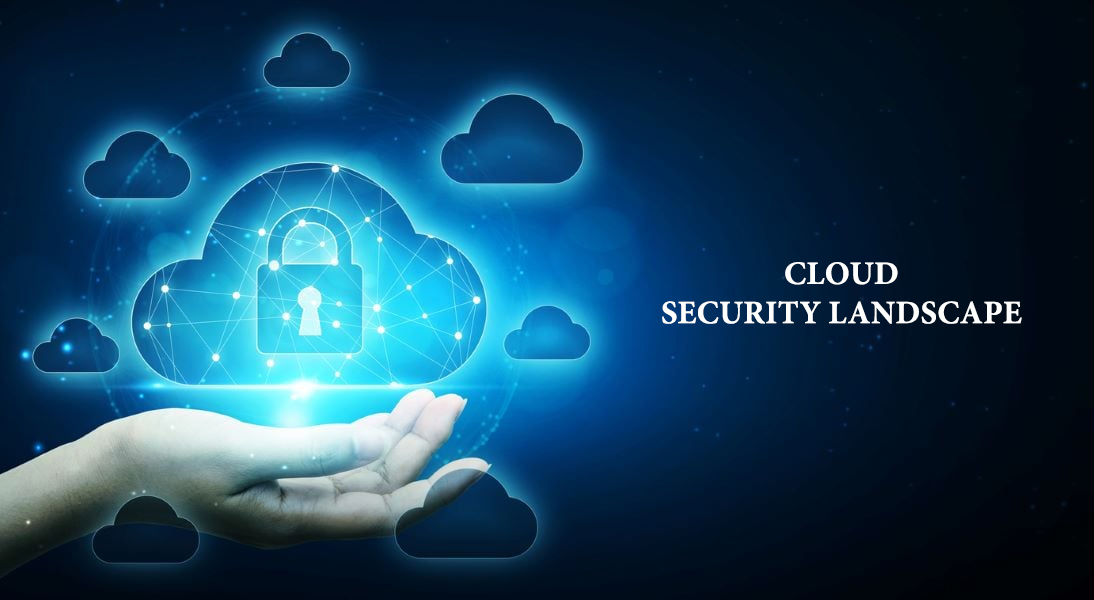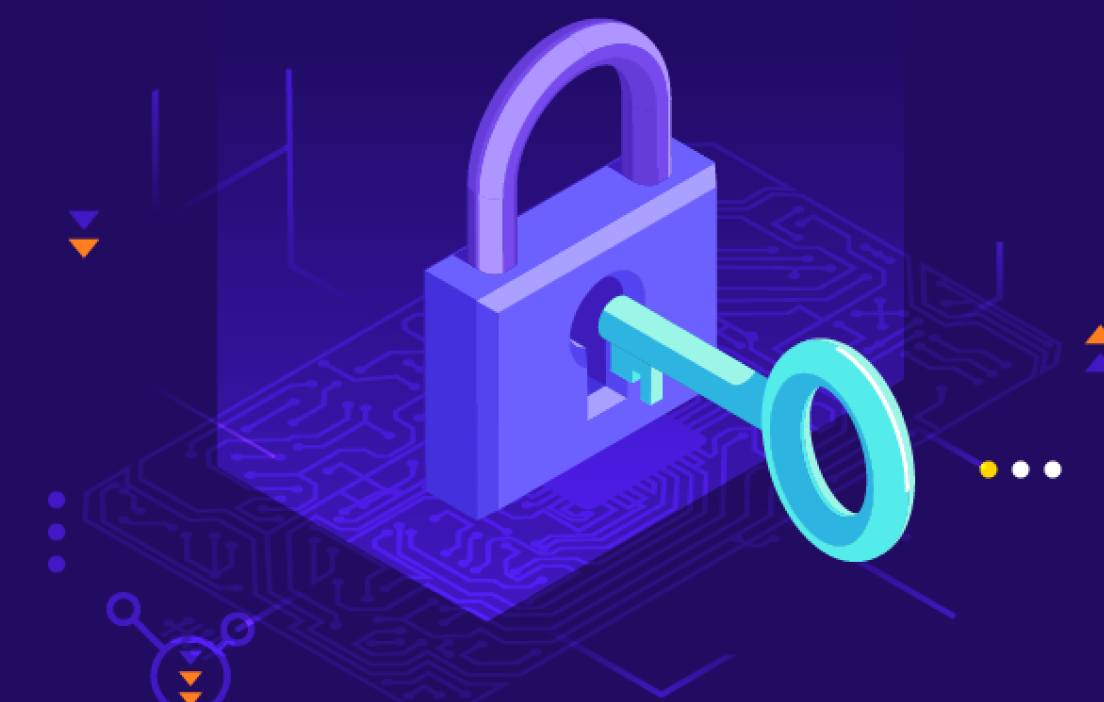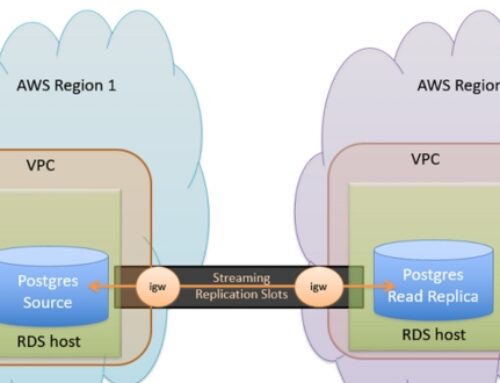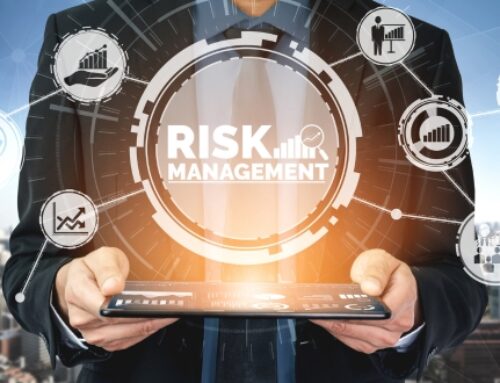Introduction
In the rapidly evolving landscape of cloud computing, security is paramount. As organizations transition their workloads to the cloud, they must prioritize robust security measures to safeguard their data, applications, and infrastructure. Google Cloud Platform (GCP) offers a suite of cutting-edge cloud security services designed to address the diverse and complex security challenges faced by businesses today. In this comprehensive guide, we will delve into GCP’s cloud security services, exploring their features, functionalities, and best practices for implementation.
GCP Security Fundamentals

Identity and Access Management (IAM)
IAM stands as the foundation of security within Google Cloud Platform (GCP). It serves a pivotal role in regulating access to resources by defining and managing roles and permissions. This section will delve into the intricacies of IAM, exploring its capabilities in establishing a robust security framework. Emphasis will be placed on the implementation of the principle of least privilege, a critical concept in ensuring that users and processes only have access to the minimum resources necessary for their tasks.
Virtual Private Cloud (VPC)
GCP’s Virtual Private Cloud (VPC) offers organizations the ability to create segregated networks within the cloud. This segment will provide a comprehensive understanding of VPC architecture, exploring concepts such as subnets and elucidating how organizations can leverage VPC to construct secure and scalable network environments. By examining the features and functionalities of VPC, readers will gain insights into designing network structures that align with their specific security requirements.
Firewall Rules
The robustness of Google Cloud Platform’s security is further fortified by its firewall rules. This section will closely examine the role of firewall rules in establishing a formidable defense against unauthorized access. Readers will be guided through best practices for configuring firewall rules, ensuring an effective shield against potential malicious activities. Understanding the nuances of firewall rule configurations is crucial for organizations aiming to safeguard their resources and data in the cloud environment. This detailed exploration aims to equip readers with the knowledge needed to implement and manage firewall rules adeptly.
Understanding the Cloud Security Landscape

In the rapidly advancing digital era, businesses have undergone a transformative shift by adopting cloud computing for various operational aspects such as data storage, processing, and application deployment. This shift, while offering unprecedented flexibility and scalability, has brought forth an imperative need for robust cloud security. The evolution of technology has given rise to a sophisticated threat landscape, where cyber threats constantly evolve, becoming more sophisticated and targeted. Consequently, ensuring the security of data and applications hosted in the cloud has become non-negotiable for organizations aiming to safeguard their digital assets.
The Importance of Cloud Security
Cloud security is paramount due to the sheer volume and sensitivity of data that organizations entrust to cloud service providers. As businesses migrate their operations to the cloud, they expose themselves to a multitude of potential threats, ranging from data breaches and unauthorized access to service disruptions and cyber-attacks. Recognizing the critical role that the cloud plays in modern business operations, it is essential for organizations to prioritize and invest in comprehensive cloud security measures. A breach in cloud security not only jeopardizes sensitive information but can also have far-reaching consequences, including financial losses, damage to reputation, and legal repercussions.
Shared Responsibility Model
To effectively navigate the complex landscape of cloud security, it is crucial for organizations to understand and embrace the Shared Responsibility Model. This model delineates the distinct responsibilities of both the cloud service provider and the customer in ensuring the security of data and applications in the cloud environment. In the case of Google Cloud Platform (GCP), a prominent cloud service provider, they adhere to the Shared Responsibility Model. This model stipulates that while the cloud service provider, such as Google, is responsible for the security of the cloud infrastructure and the services they offer, the customer bears the responsibility for securing their data within the cloud, including configuring access controls and implementing encryption measures.
As businesses continue to harness the power of the cloud for their digital operations, understanding and prioritizing cloud security is imperative. The Shared Responsibility Model, as exemplified by GCP, provides a framework for organizations to comprehend and fulfill their role in securing assets in the cloud, ensuring a collaborative approach to maintaining a robust and resilient cloud security posture.
Data Encryption and Compliance

Data Encryption and Compliance are pivotal aspects of ensuring the security and integrity of sensitive information within organizations. In the context of Google Cloud Platform (GCP), these elements are addressed through robust mechanisms designed to safeguard data at rest and in transit.
Encryption at Rest and in Transit
Securing data at rest involves protecting information stored in databases, file systems, or any other persistent storage. GCP provides robust encryption options to ensure the confidentiality and integrity of this data. Through features like Google Cloud Storage encryption, organizations can leverage Google’s advanced encryption algorithms to safeguard their stored data. This involves encrypting the data and managing the encryption keys, adding an additional layer of protection against unauthorized access.
In transit, data moves between various components and services within the cloud infrastructure. GCP employs encryption protocols such as TLS (Transport Layer Security) to secure data during these transactions. This ensures that even if intercepted, the data remains unintelligible to unauthorized entities. Implementing encryption at rest and in transit is not only a best practice for data security but also a requirement for compliance with various data protection regulations.
Compliance and Auditing
Meeting regulatory compliance standards is imperative for organizations operating in diverse industries. Non-compliance can result in severe consequences, including legal actions and reputational damage. GCP offers a suite of tools and services to assist organizations in achieving and maintaining compliance with industry-specific regulations and global standards.
Through features like Cloud Audit Logging, GCP provides organizations with the ability to monitor and audit their cloud resources effectively. This includes tracking user activities, resource modifications, and access patterns. By maintaining detailed logs, organizations can demonstrate compliance with regulatory requirements and internal policies. GCP’s compliance certifications, such as ISO 27001 and SOC 2, further attest to the platform’s commitment to security and adherence to international standards.
GCP’s approach to Data Encryption and Compliance underscores its dedication to providing a secure and trustworthy cloud environment. By offering robust encryption mechanisms for data at rest and in transit, as well as tools for compliance monitoring and auditing, GCP equips organizations with the means to protect sensitive information and meet regulatory requirements effectively.
Advanced Threat Protection
Cloud Security Command Center (Cloud SCC)
Cloud Security Command Center (Cloud SCC) stands at the forefront of advanced threat protection, offering organizations a centralized platform to gain comprehensive visibility into their cloud assets. At its core, Cloud SCC provides an asset inventory, enabling users to catalog and monitor their resources across the cloud infrastructure. This feature proves invaluable in understanding the entirety of one’s digital footprint, a fundamental step towards robust cybersecurity.
Another critical aspect of Cloud SCC is its robust security finding mechanism. By continuously analyzing and assessing the security posture of cloud resources, it identifies vulnerabilities, misconfigurations, and potential threats. This proactive approach empowers organizations to address issues promptly, reducing the risk of security breaches and data compromises.
Furthermore, Cloud SCC does not operate in isolation. Its integration capabilities with other security tools make it a pivotal component of a comprehensive security architecture. This synergy allows for a cohesive security strategy, where data from various sources converges in Cloud SCC, providing a holistic view for security professionals to make informed decisions.
Cloud Identity-Aware Proxy (IAP)
In the realm of advanced threat protection, Cloud Identity-Aware Proxy (IAP) emerges as a stalwart guardian of application security. IAP takes a nuanced approach by controlling access to applications based on user identity and contextual factors. By doing so, it adds an additional layer of defense against unauthorized access, reducing the attack surface and enhancing overall security.
Delving into the workings of IAP reveals a dynamic system that evaluates not only user credentials but also considers contextual information. This may include factors such as the user’s location, device status, and the security posture of the connecting network. Such granular control ensures that access is granted only to authorized individuals under favorable conditions.
In the context of Google Cloud Platform (GCP), understanding the role of IAP becomes paramount. It serves as a linchpin in securing applications deployed on GCP, fortifying the infrastructure against potential threats. Exploring the intricacies of IAP and its integration capabilities provides organizations with the knowledge needed to leverage its full potential in enhancing their security posture.
Cloud Armor
The digital landscape is rife with security challenges, and protecting applications from Distributed Denial of Service (DDoS) attacks is a critical facet of advanced threat protection. Enter Cloud Armor, GCP’s dedicated DDoS protection service.
Cloud Armor acts as a robust shield against DDoS attacks, leveraging both global and regional threat intelligence to identify and mitigate malicious traffic. This service is designed to ensure the availability and performance of applications even under the duress of a DDoS onslaught. By dynamically adapting to evolving threats, Cloud Armor provides a resilient defense mechanism.
Exploring the capabilities of Cloud Armor unveils its prowess in traffic management and filtering. Implementing best practices for Cloud Armor involves a strategic combination of rules and policies to tailor the protection measures to the specific needs of the application. This adaptability positions Cloud Armor as a versatile tool in the arsenal of advanced threat protection, contributing significantly to the overall resilience of cloud-based infrastructures.
Security Monitoring and Incident Response
Google Cloud Security Command Center (Cloud SCC)
Google Cloud Security Command Center (Cloud SCC) serves as more than just a visibility tool within the Google Cloud Platform (GCP). It stands out as a robust platform for security monitoring, offering organizations a comprehensive solution for real-time monitoring and incident detection. By utilizing Cloud SCC, businesses can gain deep insights into their cloud infrastructure, identifying potential security threats promptly. This platform not only enhances visibility but also empowers organizations with the tools needed to respond effectively to security incidents.
Cloud Logging and Cloud Monitoring
Within the GCP, a strong emphasis is placed on providing effective logging and monitoring solutions to aid organizations in tracking and analyzing events within their cloud environment. This section will delve into best practices for configuring logs and setting up alerts. Proactive incident response is a key focus, allowing organizations to identify and address potential security issues before they escalate. Through Cloud Logging and Cloud Monitoring, businesses can establish a proactive approach to security, ensuring a swift response to emerging threats.
Incident Response with Google Cloud
In the unfortunate scenario of a security incident, having a well-defined and effective incident response plan becomes paramount. This section will outline the key components of incident response on the Google Cloud Platform. From initial investigation to containment, eradication, and recovery, organizations will be guided through the crucial steps necessary to mitigate the impact of a security breach. Understanding the intricacies of incident response on GCP ensures that businesses can efficiently navigate through the challenges posed by security incidents, minimizing potential damage and downtime. This comprehensive approach to incident response reflects Google Cloud’s commitment to providing a secure and reliable cloud environment for its users.
Emerging Trends in Cloud Security
Zero Trust Architecture:
The paradigm of Zero Trust Architecture (ZTA) has emerged as a pivotal approach in the realm of cybersecurity. Traditionally, security models operated on the assumption that entities within a network, once authenticated, could be implicitly trusted. However, the increasing sophistication of cyber threats has rendered this model obsolete. Zero Trust challenges the notion of implicit trust and promotes the idea that organizations should not automatically trust any user, device, or application operating within or outside their network perimeter.
Within the context of Google Cloud Platform (GCP), the alignment with Zero Trust principles is a critical aspect of its security framework. GCP emphasizes the implementation of least privilege access, continuous monitoring, and multifactor authentication. By adopting a Zero Trust approach on GCP, organizations can mitigate the risk of unauthorized access and potential data breaches. This section will delve into the specific features and strategies within GCP that facilitate the implementation of Zero Trust, providing organizations with a robust security foundation.
Secure Access Service Edge (SASE):
As the global workforce undergoes a paradigm shift towards remote and distributed models, the need for a comprehensive and adaptive security framework has become paramount. The Secure Access Service Edge (SASE) model has surfaced as a solution that aligns with the evolving nature of work environments. SASE combines network security functions with WAN capabilities to support the dynamic, secure access needs of organizations with dispersed workforces.
In the context of GCP, there is a noteworthy emphasis on supporting the SASE framework. GCP provides a suite of tools and services that enable organizations to implement and manage a secure, cloud-native network infrastructure. This section will explore how GCP facilitates the key components of SASE, such as secure access from any location, user-centric policies, and integrated security services. Additionally, the discussion will highlight the tangible benefits that organizations can derive from the integration of GCP with the SASE model, ranging from improved performance and scalability to enhanced threat detection and response capabilities.
Case Studies and Best Practices
Real-world Implementations
In the exploration of GCP cloud security services, delving into real-world case studies is a crucial aspect. These case studies serve as tangible examples of organizations that have effectively implemented GCP cloud security, offering invaluable insights into the challenges they faced, the solutions they employed, and the ultimate outcomes of their security initiatives. By closely examining these real-world implementations, businesses can gain a deeper understanding of the practical applications of GCP security services, learning from the experiences of others in order to enhance their own security strategies.
These case studies allow for a comprehensive analysis of diverse scenarios, illustrating how different organizations navigated the complex landscape of cloud security within the GCP framework. By dissecting the strategies that proved successful and understanding the nuances of each implementation, businesses can derive actionable lessons that are directly applicable to their unique security challenges. Real-world implementations, therefore, serve as a practical guide for organizations seeking to fortify their security measures within the GCP environment.
Best Practices for GCP Cloud Security
Building upon the insights gained from real-world implementations, the subsequent section focuses on distilling the key takeaways into a concise set of best practices. These best practices serve as a roadmap for organizations aiming to bolster their security posture on GCP. Summarizing the collective wisdom gleaned from successful case studies, this section offers actionable recommendations and strategic guidelines that organizations can adopt.
The best practices for GCP cloud security encapsulate a range of considerations, including preventive measures, proactive monitoring, incident response protocols, and continuous improvement strategies. By presenting this distilled set of best practices, the aim is to empower organizations to implement a comprehensive and robust security framework within the GCP environment. This concise guide enables decision-makers, security professionals, and IT teams to focus on the most critical aspects of GCP security, streamlining the implementation process and ensuring that efforts are aligned with proven strategies.
In essence, the combination of real-world case studies and best practices creates a holistic approach to understanding and implementing GCP cloud security. Organizations can leverage the experiences of others to inform their own security strategies, adopting best practices that have demonstrated effectiveness in diverse scenarios. This dual approach not only provides a theoretical understanding but also offers practical insights that can be directly applied to enhance the security posture of organizations operating in the GCP ecosystem.
Conclusion
In conclusion, GCP offers a robust and comprehensive set of cloud security services to help organizations build a secure and resilient cloud infrastructure. By understanding and implementing these services effectively, businesses can mitigate risks, protect sensitive data, and stay ahead of evolving cybersecurity threats in the dynamic world of cloud computing.








